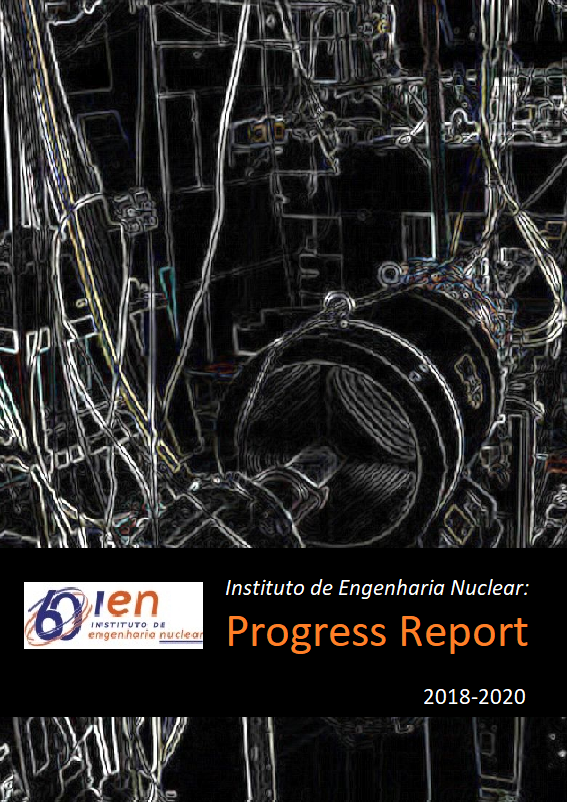Study of gas pipelines corrosion using gamma-ray scattering beam
Resumo
The great part of the production of natural gas is transported through gas pipelines, which need periodic inspections to assess the structural integrity of the pipelines, due to possible defects caused by degradation, which can rupture causing leakage of the fluid causing major disasters. Based on this, this work presents a methodology for detecting corrosion in gas pipelines. The approach is based on the study of the spreading of gamma rays in order to investigate possible flaws in the ducts. For this, the diameter, thickness and composition of the pipeline and natural gas material were specified, as well as the internal operating pressure of the pipeline. In this study, the MCNPX code is used to perform the simulations, to develop a more appropriate counting geometry. The detection system uses a 137Cs (662 keV) gamma-ray source and 2×2" NaI(Tl) detector to obtain scattered beam. Using this proposed geometry, it was possible to determine thickness loss of 0.5 mm that occurred by internal corrosion and 8 mm of width, and the material loss being 0.8 cm3 of carbon steel.
Downloads
Publicado
Como Citar
Edição
Seção
Licença
Copyright (c) 2021 Marcela Ferreira Freitas, William Luna Salgado, Cesar Marques Salgado, Roos Sophia Dam

Este trabalho está licenciado sob uma licença Creative Commons Attribution-NonCommercial-NoDerivatives 4.0 International License.


